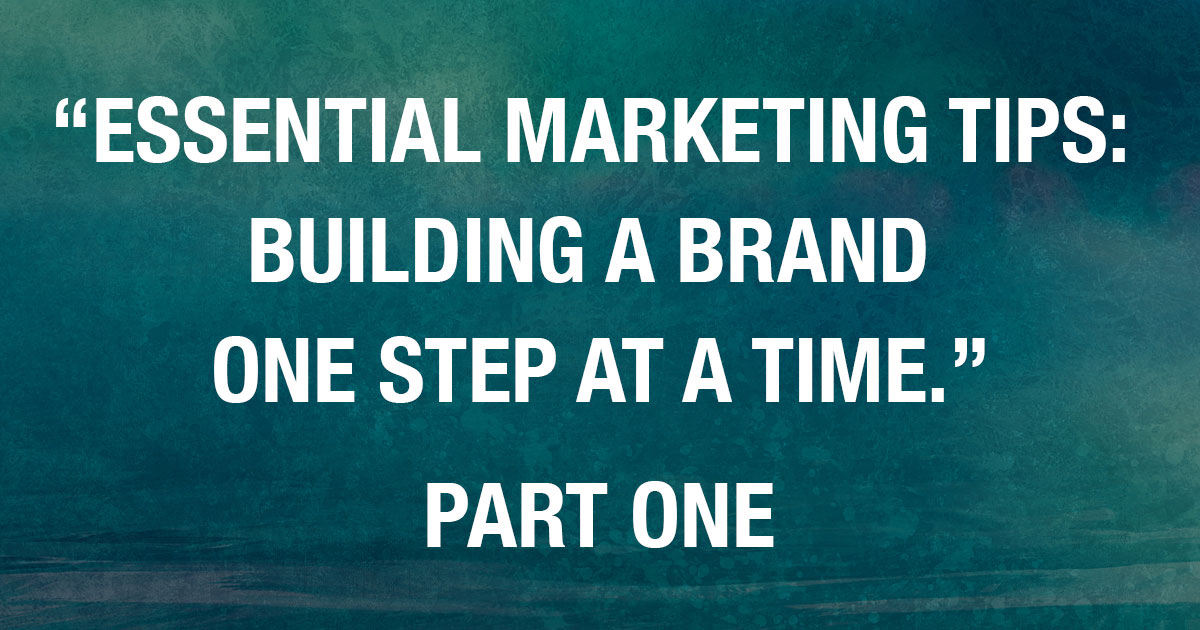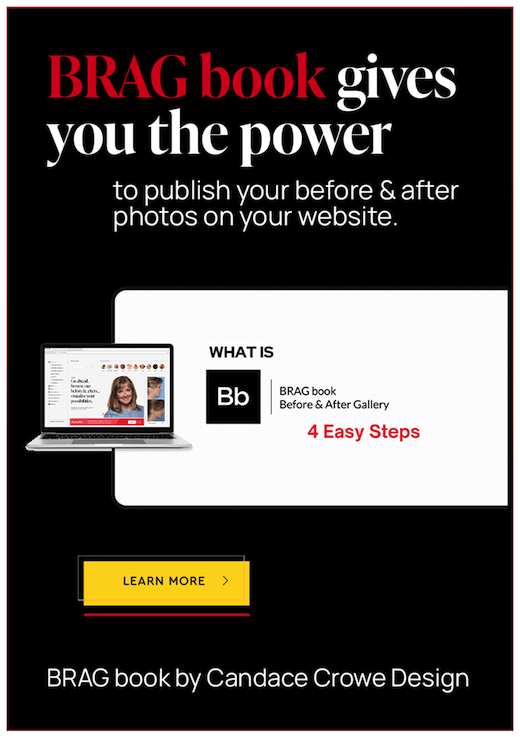This is the first of a three part series titled “Essential Marketing Tips: building a brand one step at a time.” It’s taken from a talk I’ll be giving in Las Vegas at the Facial Cosmetic Meeting next week.
This first part covers: “What is a brand and why does it matter?” The next two parts will cover: “How does marketing play a role in branding?” and “New trends in marketing”.
Let’s start by having a little fun. I’m going to start by saying (typing) the most successful jingle in the history of advertising. When I stop I want you to say the rest. Let’s see how you do. Here goes! My bologna has a first name it’s OSCAR, my bologna has a second name it’s _ _ _ _ _. Oh I love to eat it everyday, and if you ask me why I’ll say, cause Oscar Mayer has a way with bologna. You did great!
Now, I’m going to say a tag line for a major company and leave one word out. The second you know what word’s missing I want you to fill it in!
1. Fly the friendly skies of ____. United, United Airlines
2. What’s in your ____ ? wallet, Capital One
3. Don’t leave ____ without it. home, American Express
4. Can you ____ me now? hear, Verizon
5. Just ____ it! do, Nike
6. Nothing comes between me and my____. Calvins, Calvins Klein Jeans
7. Flick my ____. Bic, Bic Pens
8. Like a ____. Rock, Chevy
Isn’t it amazing how quickly a word, image, and an emotional reaction came to mind? Branding is what comes to mind when people think of you.
A brand can 1) attract patients, 2) increase staff and patient moral and loyalty and 3) create equity in your practice.
Here’s an example of a great invention that didn’t take off until it was marketed in a pretty package. The story of sliced bread.
People have been slicing bread for eons, pre-sliced, packaged bread has only been available since 1928, when Otto Rohwedder introduced the world’s first mechanical bread slicer. Looking back you’d think it would have been an immediate success. But it wasn’t until Wonder Bread came out in 1930 with a colorful package and advertising strategy that people began to buy it. Sales were slow at first as suspicious consumers were slow to accept a pre-sliced bread, but convenience overruled apprehension and soon everyone wanted sliced Wonder Bread on their dinner table!
Let’s take a look at another well known brand — Starbucks and how it adds value to coffee. Take a regular cup of coffee, add personalization, great graphics, a well thought out experience, and Starbucks can can charge significantly more for that cup of coffee and at the same time attract a loyal following.
Let me ask you, when you purchase a cup of Starbucks coffee do you know precisely what you can expect? You see a good brand adds trust and confidence in knowing what you’ll get.
Everyone has a brand. Every experience a patient has with you creates an impression, good or bad. If you don’t define who you are, others will. The question becomes: is it the image you want? No one has direct control over what people think about you, but how you interact with others influences how they perceive you. They judge you based on all of their points of contact with you, what they see on your website, how the person who answered the phone took care of them, what you look like, how you dress, how comfortable they feel in your office, and whether their questions were answered.
A good brand is emotional and affects how we think, feel and behave. Have you ever made a decision based on how something looks? Do you spend more time looking at things that are beautiful and well designed? Does being a plastic surgeon make the look of your marketing materials more important to your success? The answer is yes.
In starting your quest for a brand you need to know what your services are, what makes them unique and the profile of your “typical” patient. In the marketing world we call this your “target audience”.
This recent study by the American Board of Plastic Surgery, describes a general target audience but you will want to identify one more specific for your practice and your goals. But typically 92% of all plastic surgery patients are women — 8% are men; 75% chose to have a procedure to improve their physical appearance — 25% to advance their career.
This study also validated that women want to feel good rapport, listened to and comfortable sharing their concerns. Other factors include skill, experience, and recommendations by others.
So in order to relate to this target audience, a good brand for a plastic surgeon would include images that reflect self confidence and professional success. It would also present a physician that has the ability to connect with and listen to patient cares and concerns. One that’s trustworthy, credentialed, and experienced.
In most plastic surgery practices, the doctor becomes the primary brand – your education and years of experience, your involvement with the community, your professional affiliations, and what your marketing materials look like are all pieces of your brand.
Thanks for reading this far… Part TWO will pick up tomorrow with “How does marketing play a role in branding?”
Till then, wishing you a wonderful day!
Candace Crowe, President
Candace Crowe Design
Educating Patients. Marketing You.



